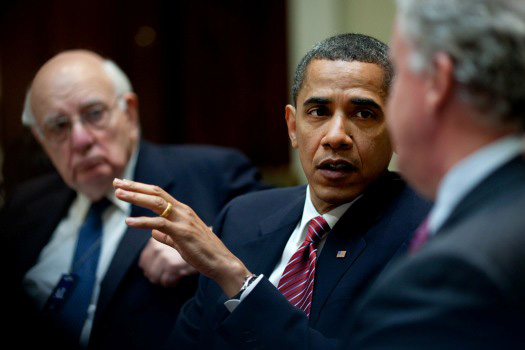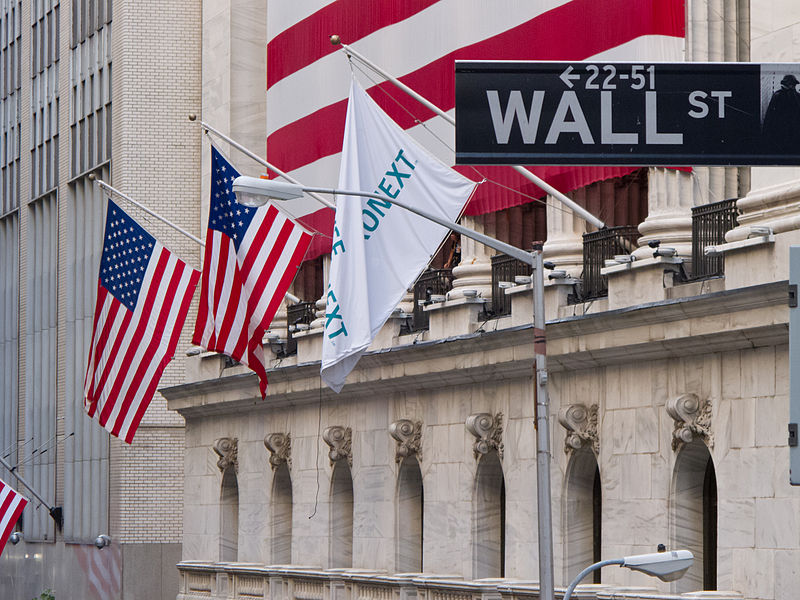Finally the Volker rule is in place. The five U.S. financial regulatory agencies – yes five: the Board of Governors of the Federal Reserve System, the Office of the Comptroller of the Currency, the Federal Deposit Insurance Corporation, the Securities and Exchange Commission and the Commodity Futures Trading Commission – agreed on the rule to ban banks from short-term proprietary trading on securities and derivatives on their own account, with the exception of government, state or municipal bonds.

To do so they needed a preamble of 882 pages in order to explain the rationale for the rule. This is the result of the mandate of the 2010 Dodd-Frank act, itself 848 pages long, which was the Obama administration’s response to the banking problems revealed during the financial crisis.
One of the issues at stake was the perceived excessive incentives for financial institutions to take on risk due to modern banking’s capacity to leverage the insured deposit base in high-risk bets in the marketplace. Indeed, traditional banks can lose money by making bad loans, but typically, the process is relatively slow. However, a bank with access to complex derivative products can bet the whole balance sheet overnight and trigger the downfall of the institution. Indeed, single traders at Barings (N. Leeson), Société Générale (J. Kerviel), or JP Morgan Chase (the “London whale”) brought about huge losses (in the billions of euros) for those institutions. These perverse incentives have been aggravated by too-big-to-fail policies that protect banks when they do fail, as we have seen in the current crisis.
According to the approved Volker rule, banks cannot engage in proprietary trading but can engage in underwriting and market-making as long as the positions taken are “designed not to exceed the reasonably expected near-term demands of customers.” Furthermore, banks will be able to hedge their portfolio as long as it “is designed to reduce, and demonstrably reduces or significantly mitigates, specific, identifiable risks of individual or aggregated positions of the banking entity.”

However, the bank will also be required “to conduct an analysis supporting its hedging strategy, and the effectiveness of hedges must be monitored and recalibrated as necessary on an ongoing basis.” This means that the regulator will have to monitor the hedges closely. In fact, as Fed governor Daniel Tarullo explained, a “specific trade may be either permissible or impermissible depending on the context and circumstances in which the trade is made.” Banks will have to establish an internal compliance program, including a required CEO attestation. The result is that the discretion of the supervisor will be large, and correspondingly, the incentives of the bank to influence the supervision process very high.
The Dodd-Frank Act was supposed to be the modern version of the finally repealed, in 1999, Glass-Steagall Act of 1933, which was itself a response to the banking crisis of the early 1930s. According to Glass-Steagall, which was only 37 pages long, commercial and investment banking are separated: commercial banks cannot deal with securities and their deposits are insured up to a certain amount, and investment banks cannot take deposits. Glass-Steagall presided over a long period of stability in the banking system but at the cost of heavy regulation, such as Regulation Q which prohibited paying interest on demand deposits. The complexity of Dodd-Frank and the Volker rule contrast sharply with the simplicity of Glass-Steagall. Bets are accepted on which one will prove to be more robust.


